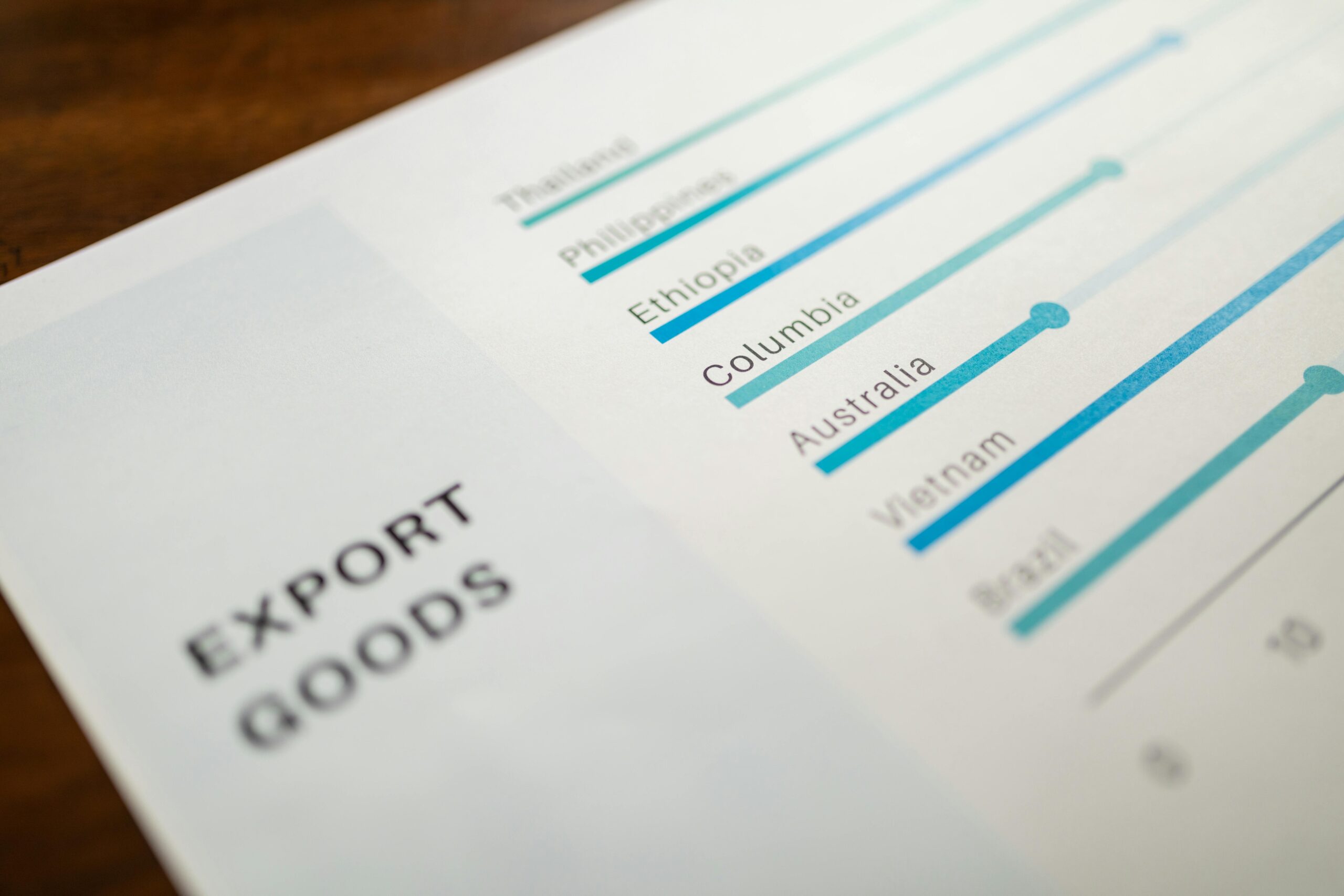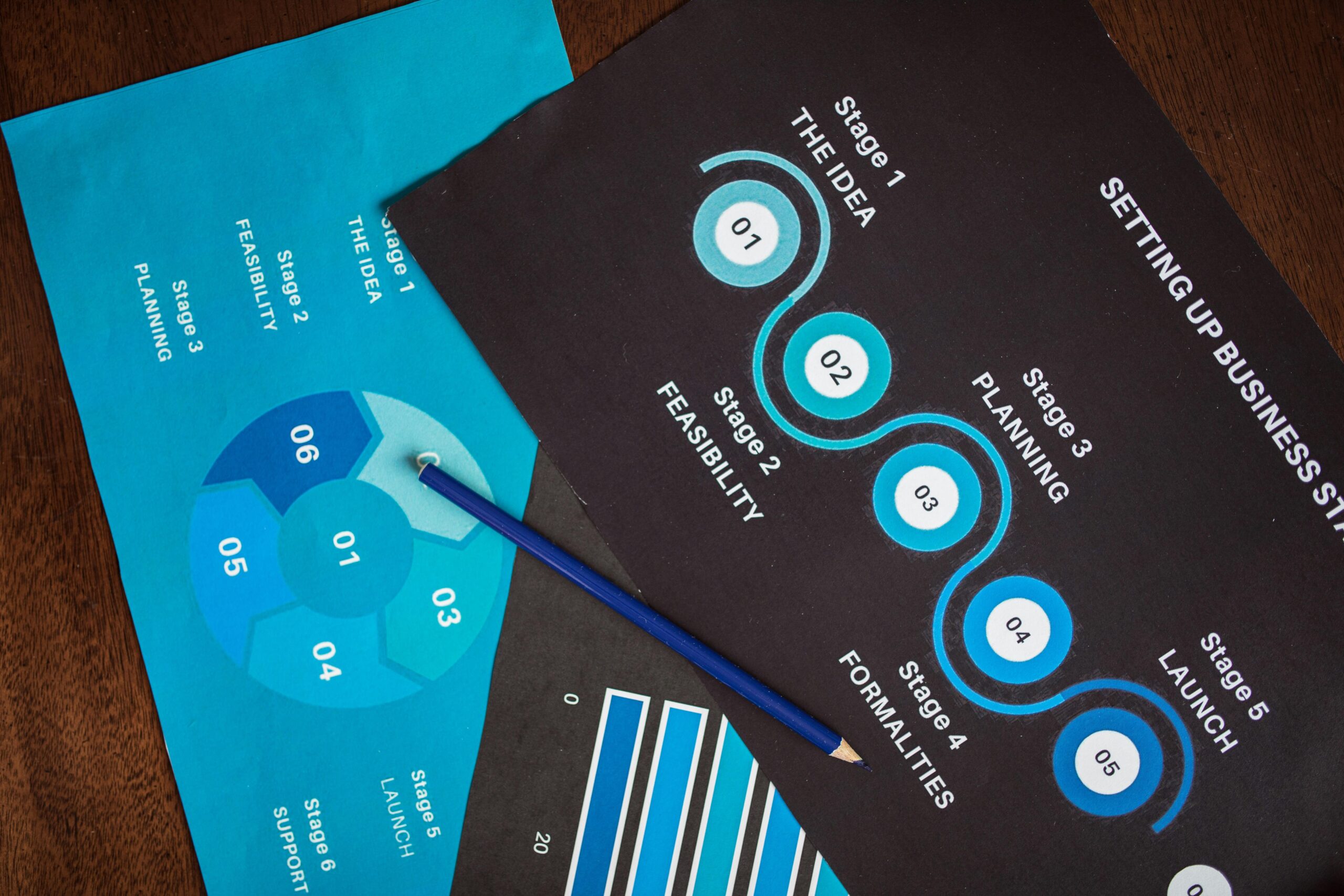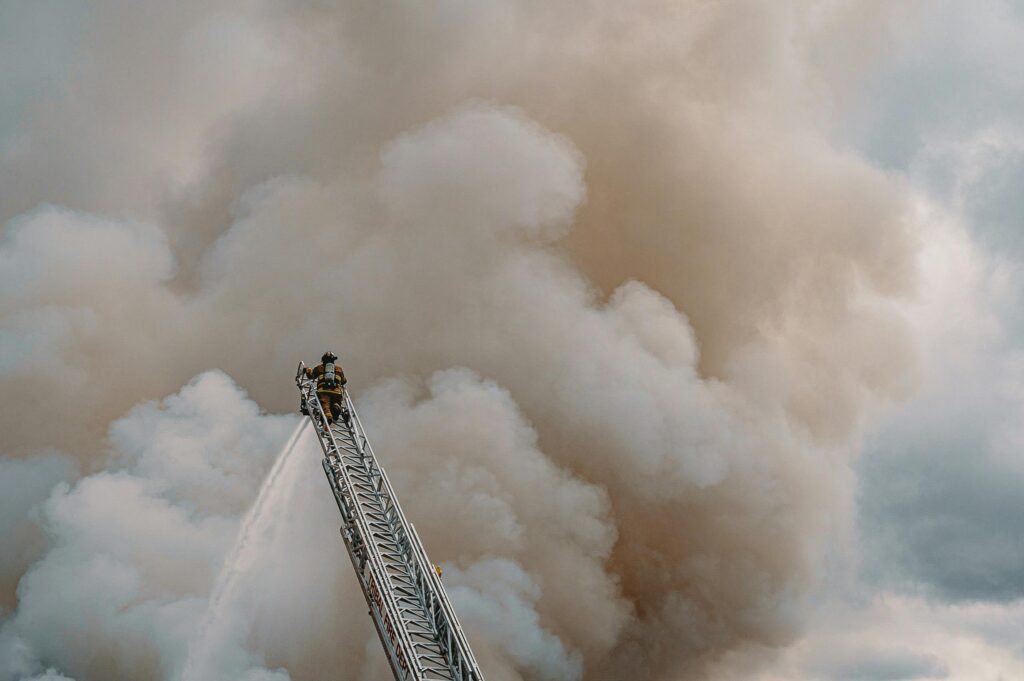Picture this: You’re sipping a mojito in Bali, but instead of enjoying the sunset, you’re stuck wondering if you’ve put yourself in danger. No, I’m not talking about food poisoning—I’m talking about real travel risks like kidnappings or ransom situations. It’s grim, I know. But here’s a shocking stat: 74% of travelers don’t conduct proper risk assessments before jetting off to unfamiliar places. Sounds like your laptop fan overheating on a bad day—whirrrr.
If you’re traveling abroad, especially for business or high-risk zones, understanding travel risk assessments could be the difference between peace of mind and panic mode. In this post, we’ll dive into why these assessments are non-negotiable, how they tie into kidnap and ransom insurance, actionable steps to perform one, best practices, real-world examples, FAQs, and more. Yeah, we’ve got you covered.
Table of Contents
- Key Takeaways
- Why Risk Assessments Matter
- How to Conduct a Travel Risk Assessment
- Best Practices for Effective Assessments
- Real-World Examples That Prove Their Value
- Frequently Asked Questions About Travel Risks
- Conclusion
Key Takeaways
- A travel risk assessment helps identify potential dangers and prepare for emergencies like kidnapping or ransom scenarios.
- Kidnap and ransom insurance often requires proof of thorough risk planning before granting coverage.
- Tools like OSINT frameworks and local intelligence reports can boost the quality of your assessment.
- Ignoring risk assessments increases both personal vulnerability and financial loss in emergencies.
Why Travel Risk Assessments Matter More Than Ever

Optimist You:* “Traveling internationally is all about exploring new cultures!”
Grumpy You: “Yeah, until someone decides you look rich enough to kidnap.”*
Let’s keep it real—travel isn’t always Instagram-worthy. High-profile cases of abduction have surged by 25% over the last decade, according to recent studies. And no, you don’t need to be walking around with stacks of cash; just being an outsider in certain areas can make you a target.
Enter kidnap and ransom insurance. While this policy offers critical support during crises, guess what? Most insurers won’t touch you unless you’ve done your homework via a detailed travel risk assessment. These assessments aren’t optional fluff—they’re your shield. They help pinpoint hotspots, analyze threat levels, and create contingency plans so you’re not flying blind into trouble.
Rant moment: Nothing annoys me more than people who think, “Oh, that won’t happen to me.” Wake up, folks—life doesn’t play favorites.
How to Conduct a Foolproof Travel Risk Assessment

Ready to play detective? Here’s how to tackle your own assessment:
Step 1: Research Your Destination Thoroughly
Start with official government advisories (hello, State Department!) and dig into regional news outlets. Are there political tensions brewing? Is crime spiking? Don’t forget to check social media trends for candid insights.
Step 2: Evaluate Local Infrastructure
Is medical care accessible? How reliable are communication networks? Knowing whether hospitals exist within miles—or hours—of your location matters.
Step 3: Consult Experts
No shame in asking pros. Consider hiring security consultants familiar with the region or consulting with firms specializing in international risk management.
Step 4: Create Contingency Plans
What happens if X goes wrong? Plan B, C, even D should exist. Include emergency contacts, evacuation routes, and alternative lodging options.
Step 5: Revisit Your Insurance Policy
Talk to your insurer explicitly about kidnap and ransom coverage. Ensure you comply with any conditions tied to risk mitigation efforts.
Pro Tip: Avoid sketchy shortcuts like skipping due diligence because *“you’re only going for three days.”* This terrible tip has gotten many travelers into hot water faster than coffee spills at a blogger meetup.
Best Practices to Master This Process

- Document Every Step: Keep a digital trail of where you plan to go, stay, and meet others. Share this info securely with trusted contacts back home.
- Blend In: Dress, behave, and consume like locals when possible. Standing out invites unnecessary attention.
- Leverage Tech Tools: Use apps like LiveSafe or GeoSure for real-time updates on neighborhood safety ratings.
- Practice Situational Awareness: Stay alert. Daydreaming while holding a map in dodgy neighborhoods = rookie mistake.
- Have Backup Funds: Always carry extra cash hidden on your person—it could save you from tricky negotiations.
Real-World Scenarios Where Travel Risk Assessments Paid Off
Take Sarah, a freelance journalist heading to Venezuela. After researching corruption hotspots and consulting her insurer, she avoided a planned visit to Caracas’ slums—a frequent site of kidnappings. Instead, she rerouted through safer regions, ultimately publishing award-winning work without incident.
On the flip side, let’s talk about John, who ignored his company’s mandatory risk training before visiting Nigeria. He ended up stranded overnight in Lagos without backup resources after his hotel proved unsafe. Lesson learned: Never skip the prep work.
Frequently Asked Questions About Travel Risk Assessments
Do I Really Need to Do This If I’m Just Visiting Europe?
Yes. Even ‘safe’ places harbor risks. Paris sees pickpocketing daily; rural Italy may lack immediate medical facilities. Preparation never hurts.
Can I DIY the Assessment, or Should I Hire Someone?
DIY works for general trips, but complex destinations demand professional expertise.
Does Kidnap and Ransom Insurance Replace This Effort?
Nope. Insurers expect YOU to take reasonable precautions first.
Conclusion
Remember, travel risk assessments are the unsung heroes of safe adventures. Whether you’re crossing borders for leisure or business, ignoring them puts you at unnecessary risk—not just physically but financially too, given how crucial they are for kidnap and ransom insurance policies.
So grab that checklist, arm yourself with knowledge, and stop leaving your fate entirely up to chance. Or as the kids used to say in 2005: “Dude, lifehack much?”
Final thought:
Palm trees sway, sand glows warm, But under sun, unseen dangers form. Assess your path, stay wise, stay keen— Peaceful travels start with a pre-trip routine.


